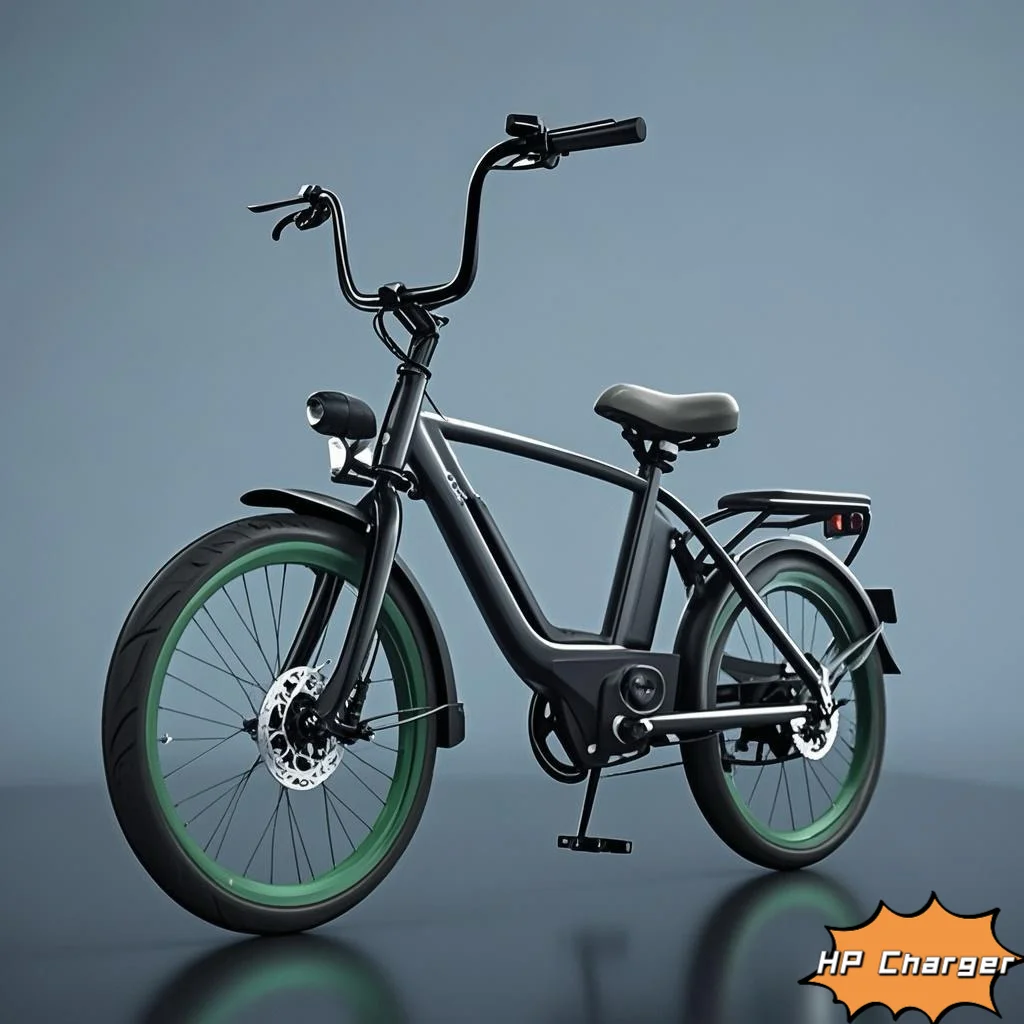Selecting the correct charger for your electric bike (e-bike) is crucial for battery longevity, safety, and performance. Follow this guide to ensure compatibility and optimal charging.

1. Identify Your E-Bike Battery Type
Most e-bikes use one of these battery chemistries:
(1) Lithium-Ion (Li-ion) – Most Common
Voltages: 36V, 48V, 52V (high-performance models).
Charging Voltage:
36V Li-ion → 42V charger (4.2V per cell × 10 cells).
48V Li-ion → 54.6V charger (4.2V per cell × 13 cells).
52V Li-ion → 58.8V charger (4.2V per cell × 14 cells).
(2) Lithium Iron Phosphate (LiFePO4) – More Durable
Voltages: 48V, 52V.
Charging Voltage:
48V LiFePO4 → 58.4V charger (3.65V per cell × 16 cells).
52V LiFePO4 → 61.6V charger (3.65V per cell × 17 cells).
(3) Lead-Acid (Older/Rare Models) – Avoid If Possible
Voltages: 24V, 36V, 48V.
Charging Voltage:
36V Lead-Acid → 44V charger.
48V Lead-Acid → 59V charger.
2. Match the Charger’s Specifications
(1) Voltage (V) – Must Match Exactly!
Wrong voltage = Battery damage or fire risk.
Example: A 48V e-bike needs a 54.6V charger (Li-ion) or 58.4V (LiFePO4).
(2) Current (A) – Determines Charging Speed
Standard Charging (2A–4A): Safer, longer battery life.
Fast Charging (5A–8A): Faster but reduces lifespan (only if battery supports it).
Rule of Thumb:
2A = Slow (overnight).
3A–4A = Standard (4–6 hours).
5A+ = Fast (2–3 hours).
(3) Connector Type
Common e-bike charging ports:
Barrel Plug (5.5mm, 3-Pin XLR, GX16) – Most budget e-bikes.
XT60, Anderson, or Proprietary Connectors – High-performance models.
USB-C (Rare, only for small batteries).
3. Types of E-Bike Chargers
(1) Standard OEM Charger
Pros: Guaranteed compatibility, safe charging.
Cons: Often slow (2A–3A).
Example: Bosch, Shimano, Specialized stock chargers.
(2) Fast Charger (5A–8A)
Pros: Charges 2–3x faster.
Cons: Generates heat, reduces battery lifespan.
Example:
48V 5A Fast Charger (for high-capacity batteries).
52V 8A Fast Charger (for performance e-bikes).
(3) Smart Charger (Adjustable Voltage/Current)
Pros: Extends battery life with optimized charging.
Example:
Cycle Satiator – Adjustable 24V–72V.
EBike Charger – Supports 36V/48V.
(4) Portable/Compact Charger
Pros: Lightweight, good for travel.
Cons: Usually low current (1A–2A).
Example: 48V 2A Charger.
4. Safety & Maintenance Tips
✔ Always use a charger with overcharge protection.
✔ Avoid charging in extreme heat/cold (ideal: 10°C–30°C).
✔ Unplug when fully charged (or use a smart charger with auto-shutoff).
✔ Store battery at 30%–60% charge if unused for weeks.
❌ Never mix chargers (e.g., don’t use a 52V charger on a 48V battery).
5. Recommended Chargers by E-Bike Type
| E-Bike Type | Battery Voltage | Best Charger | Charging Time |
|---|---|---|---|
| City E-Bike (36V) | 36V Li-ion | 42V 2A OEM | 4–6 hrs |
| Commuter (48V) | 48V Li-ion | 54.6V 3A Fast | 3–5 hrs |
| High-Performance (52V) | 52V Li-ion | 58.8V 5A Fast | 2–4 hrs |
| Budget Lead-Acid | 48V Lead-Acid | 59V 2A | 6–8 hrs |
6. FAQ
Q1: Can I use a higher-amp charger for faster charging?
✅ Yes, if the battery supports it (check specs).
❌ No, if the battery isn’t rated for fast charging (risk of overheating).
Q2: Why does my charger get hot?
Mild warmth is normal, but too hot to touch = problem (check ventilation).
Q3: Can I charge my e-bike with a power bank?
Only if using a compatible portable charger (e.g., 48V e-bike power bank).
Final Recommendation
For most riders: Stick with the OEM charger for safety.
For speed: Use a fast charger (5A–8A) if your battery supports it.
For versatility: Get a smart adjustable charger (like Cycle Satiator).
Choose wisely to maximize battery life and e-bike performance! 🚴⚡